Description
MEA
General Information
Monoethanolamine (MEA or sometimes called ETA) is an organic chemical molecule that is also known as ethanolamine. It is an opaque, viscous liquid. Its main use is as a feedstock for manufacturing medicines, corrosion inhibitors, polishes, detergents, emulsifiers, and chemical intermediates. 2-Aminoethanol, often known as ethanolamine, is a viscous, alkaline liquid having a disagreeable, ammonia-like odor. It can be combined in any ratio with water and several oxygenated organic solvents, such as acetone, methanol, and glycerol. As the hazard data proves, it poses a risk to both people and the environment. Particularly relevant to the origins of life on the planet is ethanolamine. It can be found in the “heads” of water-soluble phospholipids and make up every available cell membrane. Additionally, it might be a direct precursor of the simplest amino acid, glycine, found in comet 67P/Churyumov-Gerasimenko.
Usage of MEA
Ethanolamines like MEA function as cleansing agents, also known as surfactants, in personal care and cosmetics products. By dissolving fat and blending other vital ingredients, ethanolamines in these kinds of products assist in removing dirt and oil from the skin. Because they don’t have a strong smell, ethanolamines are frequently used as an ingredient in goods like hair dye. Ethanolamines can adjust a product’s pH to prevent degradation when stored in a container, extending the product’s shelf life. In addition to serving as emulsifiers or foaming agents in cosmetics, DEA and DEA-related ingredients also help balance the pH or acidity of a product. DEA is used in bath products such as shampoos and hand soaps to create a cleansing foam with cocamide diethanolamine derived from coconut oils.
A common use of ethanolamines is in cleaning products, such as floor and tile cleaners and laundry detergents. These products act as surfactants, removing dirt, grease, and stains. DEA breaks down oil and grease, a common ingredient in engine degreasers and industrial strength detergents, making them excellent industrial cleaning products. Chemical manufacturing and gas treatment can also benefit from ethanolamines and DEA emulsification properties. The use of ethanolamines and DEA in refineries and natural gas streams helps remove contaminants from gasoline during gas treatment. DEA is a chemical intermediate used in agrochemicals to make pesticides, which make pesticides dissolve in water more easily. As an emulsifier, DEA helps ingredients mix and keeps other materials from corroding in wax, polish, and coating products. In synthetic ammonia production plants, ethanolamines remove carbon dioxide from ammonia gas and make plastic pliable and soft.
| Applications |
| Personal Care Products
Cleaning Products Industrial Applications |
MEA
Technical data sheet & Chemical Formula
With a dense, hygroscopic chemical formula of C2H7NO and its CAS # of 141-43-5, MEA is an amino alcohol with an irritating ammonia-like scent. It is a compound in lecithin and is widely distributed in biological tissues. It is a solid below the degree of 51°F and can remove CO2 and H2S from natural gas and other gasses. It is made from ethylene oxide and aqueous ammonia.
| Physical State: Clear liquid
Odor: ammonialike pH: Not available V Pressure: 0.48mmHg at 20 deg C Viscosity: 24 cP at20 deg C Boiling Point: 170 deg C Freezing/Melting Point: 10.3 deg C ( 50.54°F) Autoignition Temperature: 450 C Flash Point: 85 deg C ( 185.00 deg F) E Explosion Limits: Lower: 5.5 Vol % Explosion Limits: Upper: 17 Vol % Decomposition Temperature: Not available Solubility in water: Miscible Specific Gravity/Density: 1.012 Molecular Weight: 61.08 |
Packing of MEA
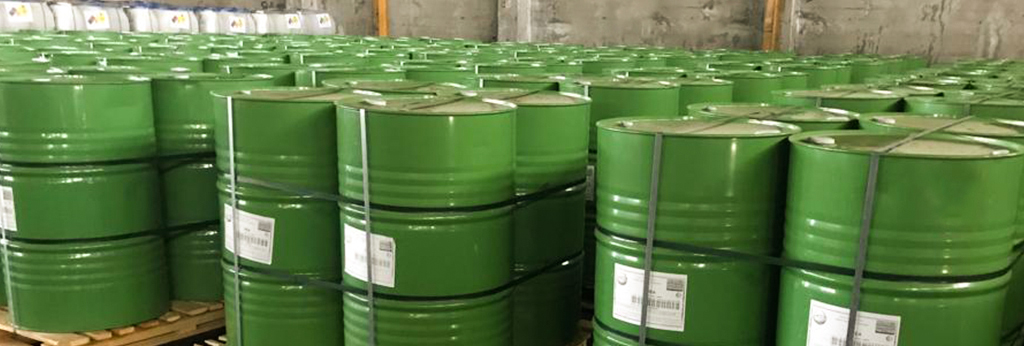
Packing
MEA is packaged in 100 to 500 liters drums.
Safety & warning & transportation of MEA
MEA is extremely dangerous to swallow or inhale the chemical. It can cause cough, sore throat, headache, shortness of breath, and drowsiness if swallowed. In contrast, inhalation causes shortness of breath and tiredness. Using products containing ethanolamine incorrectly can cause a burning sensation, abdominal pain, and eventually shock or collapse, so always follow the directions on the product label. ILO reports that short-term exposure to ethanolamine can result in central nervous system effects, which can lower consciousness. However, this risk only applies to occupational exposure. To avoid inhaling chemical vapors, it is best to wear a mask when using household cleaning products. Asthma and dermatitis have also been linked to ethanolamine in occupational settings.

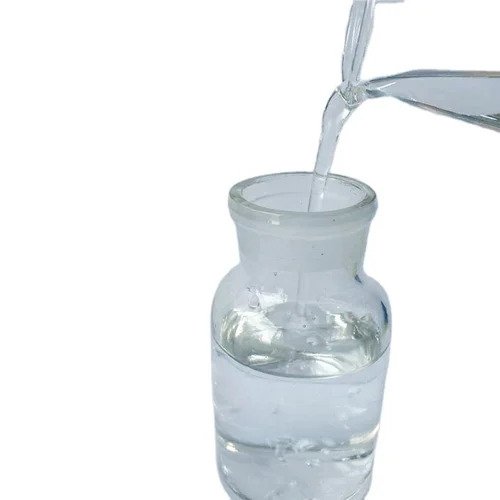
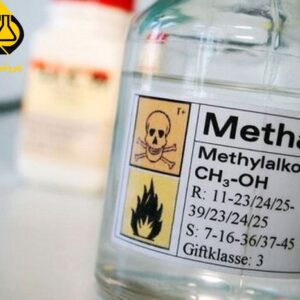
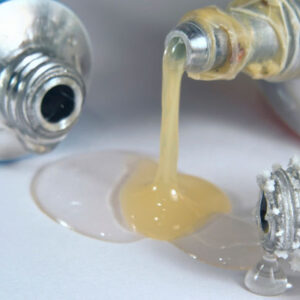
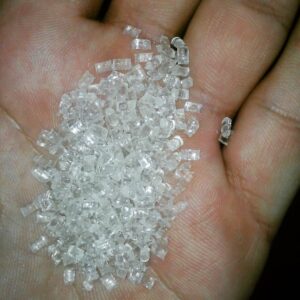
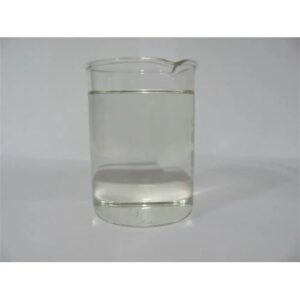
Reviews
There are no reviews yet.